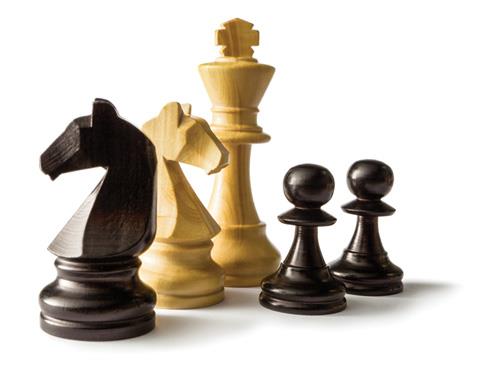Welcome back, Chess Enthusiasts!
We are delighted to continue our journey through the fascinating world of chess with you. In our first part, we explored the basics of the chessboard, including how to set it up, understanding files and ranks, and learning chess notations. Now, it’s time to meet the stars of the game – the Chess Pieces !
Chess is a game of strategy and tactics, and knowing your pieces is the first step to mastering it. Each piece has its unique role, movement, and value, contributing to the rich complexity of the game. In this part, we will introduce you to the different chess pieces, their names, points, symbols, and how they move.
![]()
![]()
Chess Piece – Pawn (♙)
Symbol – No Symbol, we directly write the Square Name
Points – 1
Movement of the Pieces – Pawn can move 1 or 2 steps, in its first move. Apart from first move it can only move 1 step. It can capture diagonally 1 step on either sides.


Chess Piece – Knight (♘)
Symbol – N Points – 3
Movement of the Pieces – Knight moves like letter ‘L’. Knight is the only piece in chess whose path can not be blocked by other pieces, instead it can jump over .


Chess Piece – Bishop (♗)
Symbol – B
Points – 3
Movement of the Pieces -Bishops can move diagonally on the board to their respective colors only.


Chess Piece – Rook (♖)
Symbol – R
Points – 5
Movement of the Pieces -Rooks can move horizontally and vertically. It can move as far as possible if the path is not being blocked by any piece.


Chess Piece – Queen (♕)
Symbol – Q
Points – 9
Movement of the Pieces – Queen can move to any square along the board’s ranks, files and diagonals.


Chess Piece – King (♔)
Symbol – K
Points – Infinite
Movement of the Pieces –
King can move in every
direction- vertically, horizontally, diagonally, only 1 step.
Understanding how these pieces move and their relative value is crucial for developing your chess strategies. Each piece has its strengths and weaknesses, and knowing how to leverage them can make all the difference in your games.
Stay tuned as we delve deeper into the strategies and tactics involving these pieces in our upcoming posts. Let’s continue to make your chess journey both enjoyable and educational!
Happy learning and happy playing!


Recent Comments